Introduction
Soybean meal is one of the most readily available and economical protein sources commonly fed to pigs. Due to a number of anti-nutritional factors, its inclusion in newly weaned pig diets has been limited. Thus, specialty animal proteins, such as animal plasma, blood cells, or fish meal have been commonly added as highly digestible amino acid sources in starter diets. In recent years, the cost and variability of specialty animal proteins has increased while availability of some sources has decreased. Furthermore, biosecurity concerns have led some nutritionists to remove any porcine-derived products from swine diets. As a result, producers have sought more economical and readily available alternatives.
One category of alternative protein sources that has gained significant interest in recent years is further processed soybean meal products. Their benefits include lower levels of common anti-nutritional factors compared to conventional soybean meal (CervantesPahm and Stein, 2010;4 Goebel and Stein, 20115 ) as well as a greater concentration of digestible AA (Cervantes-Pahm and Stein, 20104 ). One such product is HP 300 (Hamlet Protein, Findlay, OH), which is a finely ground hydrolyzed soy protein produced from conventional soybean meal treated to remove anti-nutritional factors (CervantesPahm and Stein, 2010;4 Goebel and Stein, 20115 ). Recently, the same supplier has also introduced another further-processed soybean meal product (HP 800), but minimal data are available to determine its effects on growth performance of weanling pigs. Thus, the objective of this study was to compare the performance of nursery pigs fed different protein sources in varying diet complexities in a commercial research setting.
Procedures
The Kansas State University Institutional Animal Care and Use Committee approved the protocol for this experiment. The study was conducted at the Cooperative Research Farm’s Swine Research Nursery (Sycamore, OH), which is owned and managed by Kalmbach Feeds, Inc. Each pen had slatted metal floors and was equipped with a 4-hole stainless steel feeder and one nipple-cup waterer for ad libitum access to feed and water. Pens were 5 × 6 ft to allow 3 ft2 per pig. Nursery rooms were not power washed or disinfected after the previous group of pigs.
A total of 720 pigs (PIC C-29 × 359, initially 12.5 lb) with 10 pigs per pen and 12 replications per treatment were used in a 42-d growth performance trial evaluating the effects of diet complexity (complex vs. simple) and protein source (fish meal, HP 300, or HP 800) on the growth performance of nursery pigs. Pigs were weaned at approximately 18 to 20 d and allotted to pens based on initial BW and gender to 1 of 6 treatments in a completely randomized block design. Pigs and feeders were weighed every 7 d of the trial to determine ADG, ADFI, and F/G.
Experimental diets (Tables 1 and 2) were fed in two phases, with the first phase being provided at 5 lb per pig. The second phase was fed until pigs reached approximately 25 lb BW (d 21 post-weaning). The complex diet contained 20% and 10% lactose, while the simple diet contained 12% and 5% lactose in Phases 1 and 2, respectively. To maintain equal soybean meal and SID lysine levels across treatments within phase, fish meal, HP 300, and HP 800 were adjusted accordingly. In addition, the complex diet contained oat meal, Tak-Tik flavoring (Pancosma, Geneva, Switzerland), BioPlus2B (Chr. Hansen BioSystems, Hoersholm, Denmark), and KemGest (Kemin Industries, Des Moines, IA) in both Phases 1 and 2. A common diet was fed for 3 wk following the treatment diets (d 21 to 42; Table 3). The common diet formulated for this trial was a standard nursery diet fed in commercial production. All experimental diets were fed in pellet form.
Samples of the protein sources were collected at the feed mill during diet manufacture. Complete diet samples were obtained from each dietary treatment each wk during the study and composited. Composite samples of protein sources and diets were analyzed for DM, CP, ADF, NDF, crude fiber, Ca, P, Cl, salt, ether extract, and starch (Ward Laboratory, Kearney, NE).
An economic analysis performed at the conclusion of the trial determined the financial impact of diet type and protein sources. For all economic calculations, ingredient prices for June 2015 were used, with corn valued at $3.58/bu ($141/ton), soybean meal at $397/ton, DDGS at $158/ton, lactose at $600/ton, fish meal at $1,992/ton, HP 300 at $930/ton and HP 800 at $1,004/ton. The total feed cost per pig was calculated by multiplying the ADFI by the diet cost and the number of days it was fed for the respective period. Cost per pound of gain was calculated by dividing the total feed cost per pig by the overall pounds gained. Revenue per pig was calculated by multiplying ADG times the total days in the trial times an assumed live price of $65.00 per cwt. To calculate IOFC, total feed cost was subtracted from revenue per pig.
Data were analyzed using the PROC GLIMMIX procedure in SAS (SAS Institute, Inc., Cary, NC) with pen as the experimental unit. Dietary treatments were the fixed effect and block and room served as the random effect in the analysis. A P-value ≤ 0.05 was considered significant and 0.05 < P ≤ 0.10 was considered a tendency.
Results and Discussion
Complete diet and protein source analyses (Tables 4 and 5) were similar to formulated values.
No interactions were observed between diet complexity and protein source (Table 6) or differences between specialty protein source (Table 8) for growth performance for any phase or overall. From d 0 to 7, pigs fed the complex diet had a tendency for improved ADG (P = 0.078) and d 7 BW (P = 0.053) compared to pigs fed the simple diet (Table 7). During Phase 2, (d 7 to 21), there were no differences in growth performance found between treatment diets. From d 0 to 21, pigs fed the complex diets had improved F/G (P = 0.037) compared to pigs fed the simple diets.
During Phase 3 when a common diet was fed (d 21 to 42), no differences were observed between pigs previously fed different diet complexity or protein sources. Overall (d 0 – 42), no differences in growth performance were observed between treatments.
For the economic analysis, feed cost per pig and cost per pound of gain increased (P < 0.01) for pigs fed a complex diet; however, no differences were detected for revenue per pig. As a result, IOFC tended to be lower (P = 0.055; $0.48/pig) for pigs fed the complex diets. Feed cost per pound of gain was lower (P = 0.002) for pigs fed diets with HP 300 and HP 800 compared to those fed diets with fish meal; however, no differences were observed between protein sources for revenue per pig or IOFC.
In conclusion, regardless of the specialty protein and diet complexity used in this study, overall, pigs performed similarly during the trial. While minor differences were detected in diet complexity when fed, a greater magnitude was expected due to changes in lactose level and other ingredients used in the complex diet. One possible explanation for the lack of response observed could be attributed to the low feed intake and growth across all treatments for the first 7 d. The low feed intake might be indicative of an unknown health challenge or an ingredient quality issue such as the DDGS used. Additional research is warranted to confirm the responses observed in this experiment.
This article was originally published in Kansas Agricultural Experiment Station Research Reports: Vol. 2: Iss. 8. https://doi.org/10.4148/2378-5977.1293. This is an Open Access article licensed under a Creative Commons Attribution 4.0 License. 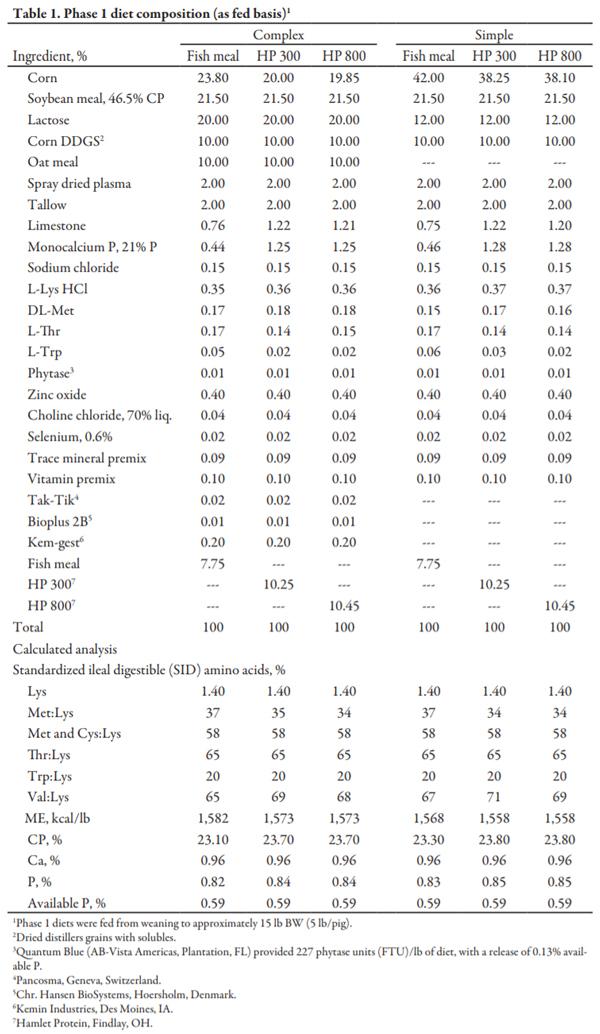
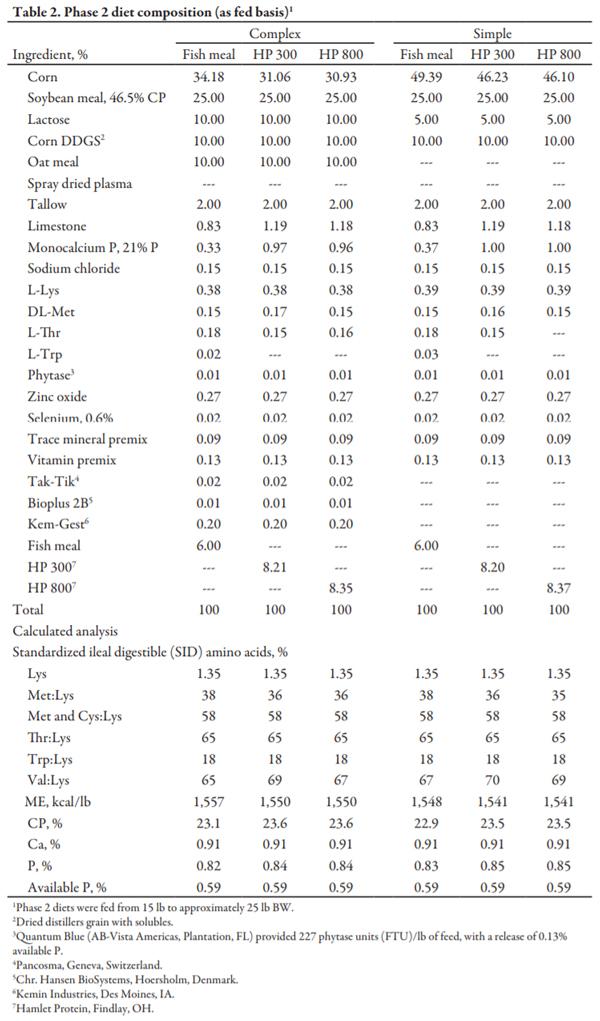
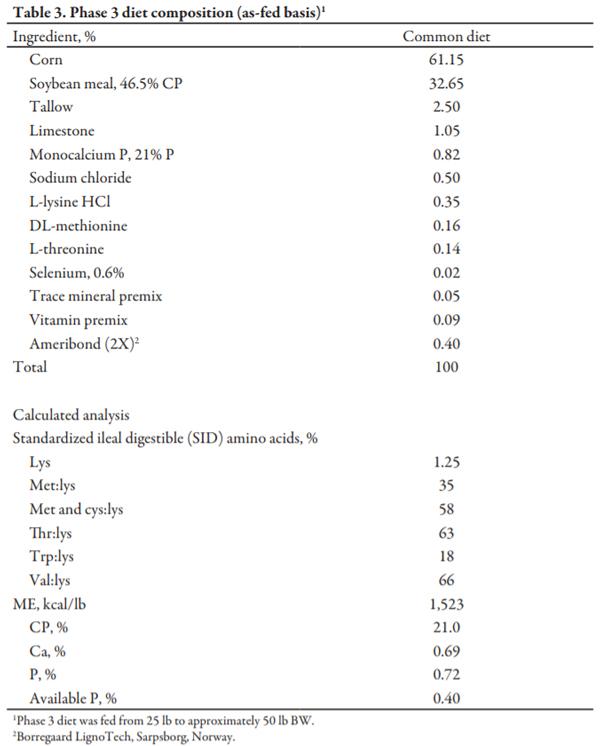
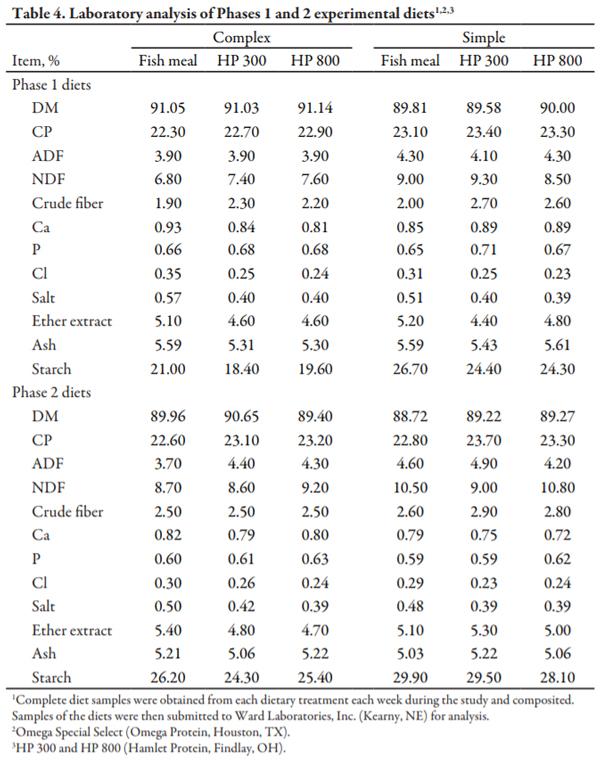
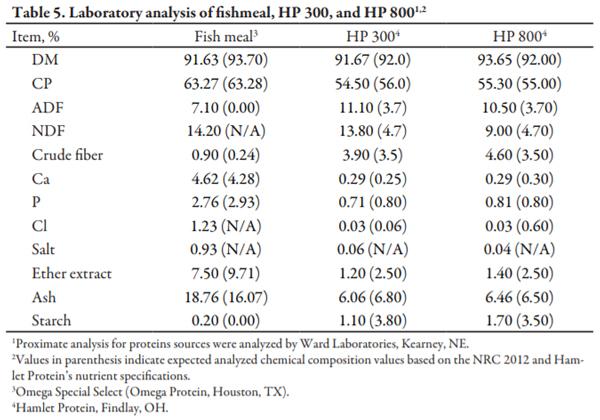
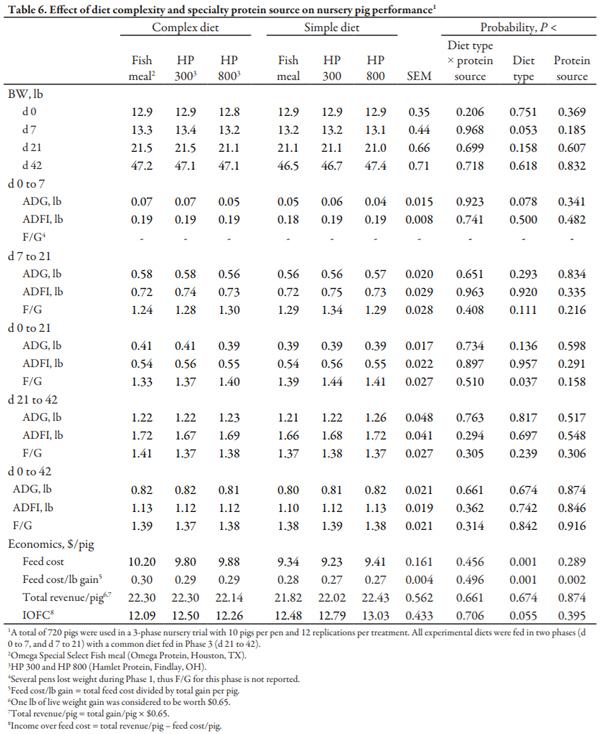
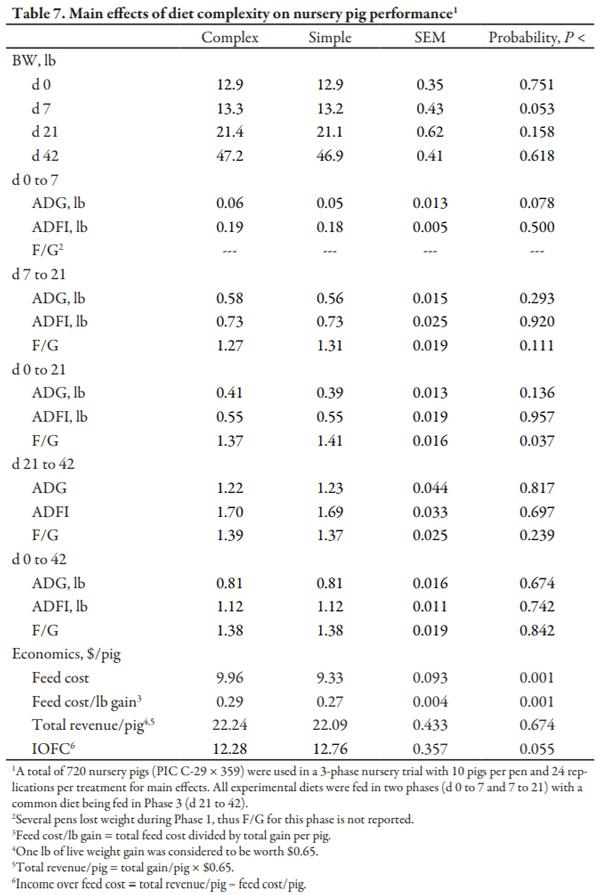
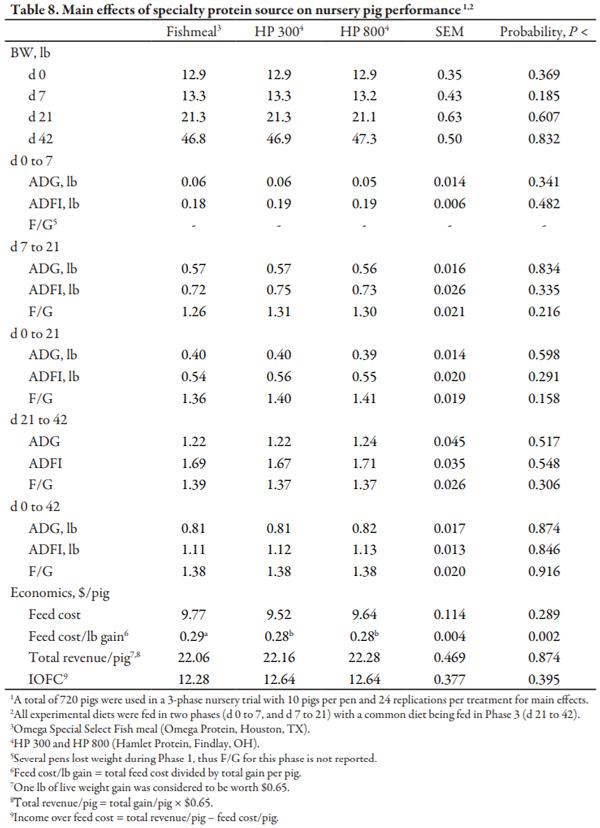










.jpg&w=3840&q=75)